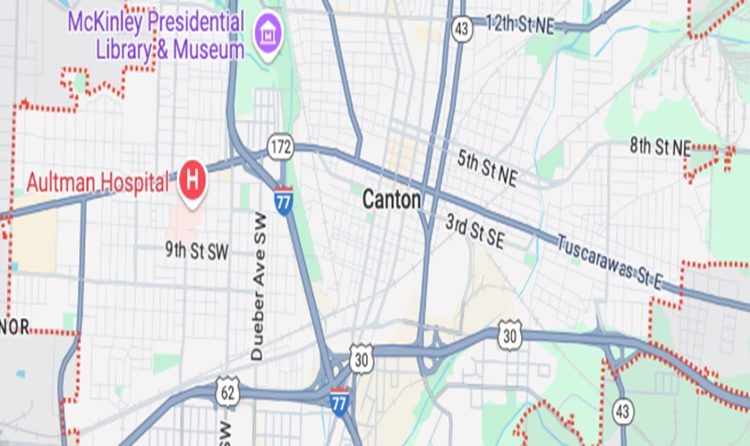Accounts receivable forecasting is the process of estimating how much cash a company can expect to receive from its customers within a certain timeframe. It involves analyzing payment trends and comparing forecasts against actual data.
Accurate forecasting is crucial for business owners. Here are some of the reasons why: 1.) It Improves Cash Flow.
1. Increased Cash Flow
Insufficient cash flow is one of the biggest challenges faced by small businesses. It can result in missed opportunities, increased credit card debt and the inability to pay vendors, suppliers, loan repayments and employees.
Forecasting accounts receivable allows you to predict upcoming cash inflows, helping you manage your business more effectively. The process involves analyzing past cash flows and predicting future patterns based on those trends.
For example, you might calculate your Days Sales Outstanding (DSO) – the number of days it takes on average for your customers to pay you after making a purchase on credit. Then you can adjust your sales and invoice processing accordingly to speed up payments and improve DSO.
Forecasting your upcoming cash inflows also puts you in a better position to negotiate with vendors and suppliers about payment terms. You may be able to secure better deals on products and services or even negotiate discounts for early payment. Ultimately, this can help you to save money and make more money in the long run.
2. Increased Profitability
Having a clear understanding of how long it takes on average for a company to collect payment from credit sales (also known as Days Sales Outstanding or DSO) helps companies determine when and if they will be able to recover their investment in sales revenue. This enables companies to better manage their purchasing decisions and reduce reliance on outside financial management services.
Forecasting short-term accounts receivable collections is much more difficult than forecasting overall account receivables due to the number of moving parts and a limited timeframe. Nevertheless, by using historic analysis to identify problem areas within the receivable ledger (such as customers who consistently don’t pay on terms) and seasonality at a micro and macro level, businesses can categorize their accounts receivable into reporting sub-categories that allow for more efficient ongoing analysis and improvement.
Whether you are an agency that invoices every month or a business that uses a payment collection platform such as GoCardless to manage ad hoc and recurring payments, it is important for all businesses to learn how to forecast their cash flow. By taking the right steps, you can make sure your business stays healthy and cash-flow positive.
3. Reduced Risk
Accounts receivable forecasting is an extremely complex task. There are many moving parts: different business models, credit quality, seasonality, and client trends all affect how customers pay invoices.
This is why it’s important to develop a comprehensive and structured approach to forecasting accounts receivable. A well-thought out plan can help to reduce risk and ensure that your company’s cash flow stays on track to reach the break-even point.
For instance, by implementing an automated system for recurring payments (ACH or EFT) you can avoid the risk of lost or stolen checks. It’s also helpful to restrict access to the accounting and bookkeeping process to only essential employees. Finally, a strong relationship with a small business banker can be beneficial for both short-term and long-term planning. They can offer advice, resources and tools to support your business.
4. Increased Customer Satisfaction
While focusing on accounting may not be at the forefront of every small business owner’s mind, it is in their best interest to stay on top of accounts receivable. Using the right tools and learning to forecast properly can make this process less stressful and more manageable.
While it may be easy to examine all accounts receivable at once, a more efficient method is to categorize them into more useful segments. Sub-categorizing based on customer size, credit quality and payment terms can help analyze trends more efficiently and make improvements to cash flow collections.
As a result, cash flow problems are less likely to arise when companies understand the impact of slow payments on their businesses. To mitigate these issues, a variety of strategies can be employed, such as offering discounts, levies and reporting credit history to creditors. In addition, lines of credit, AR factoring and financing can help businesses access the funds they need to continue operations even when their customers are dragging their feet with paying invoices.







